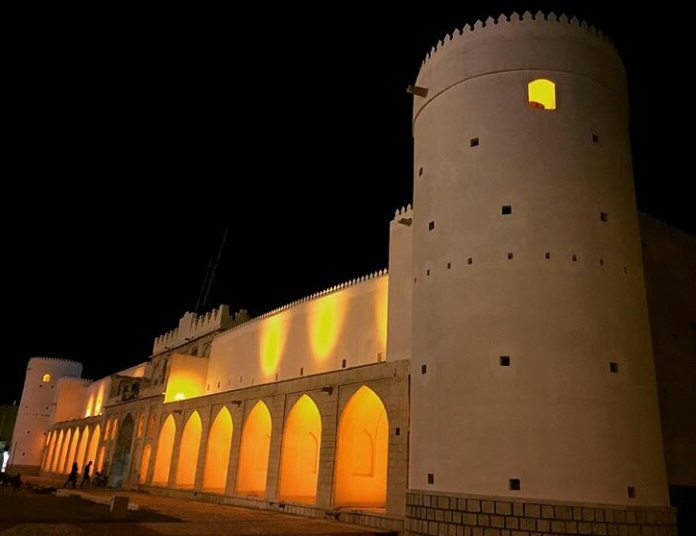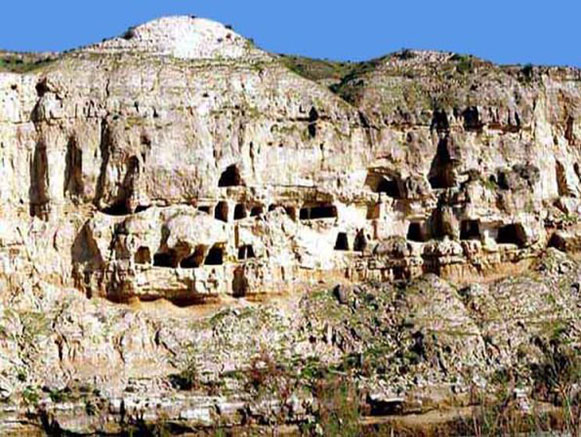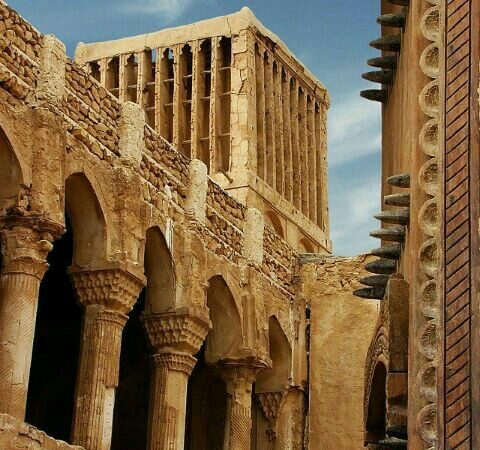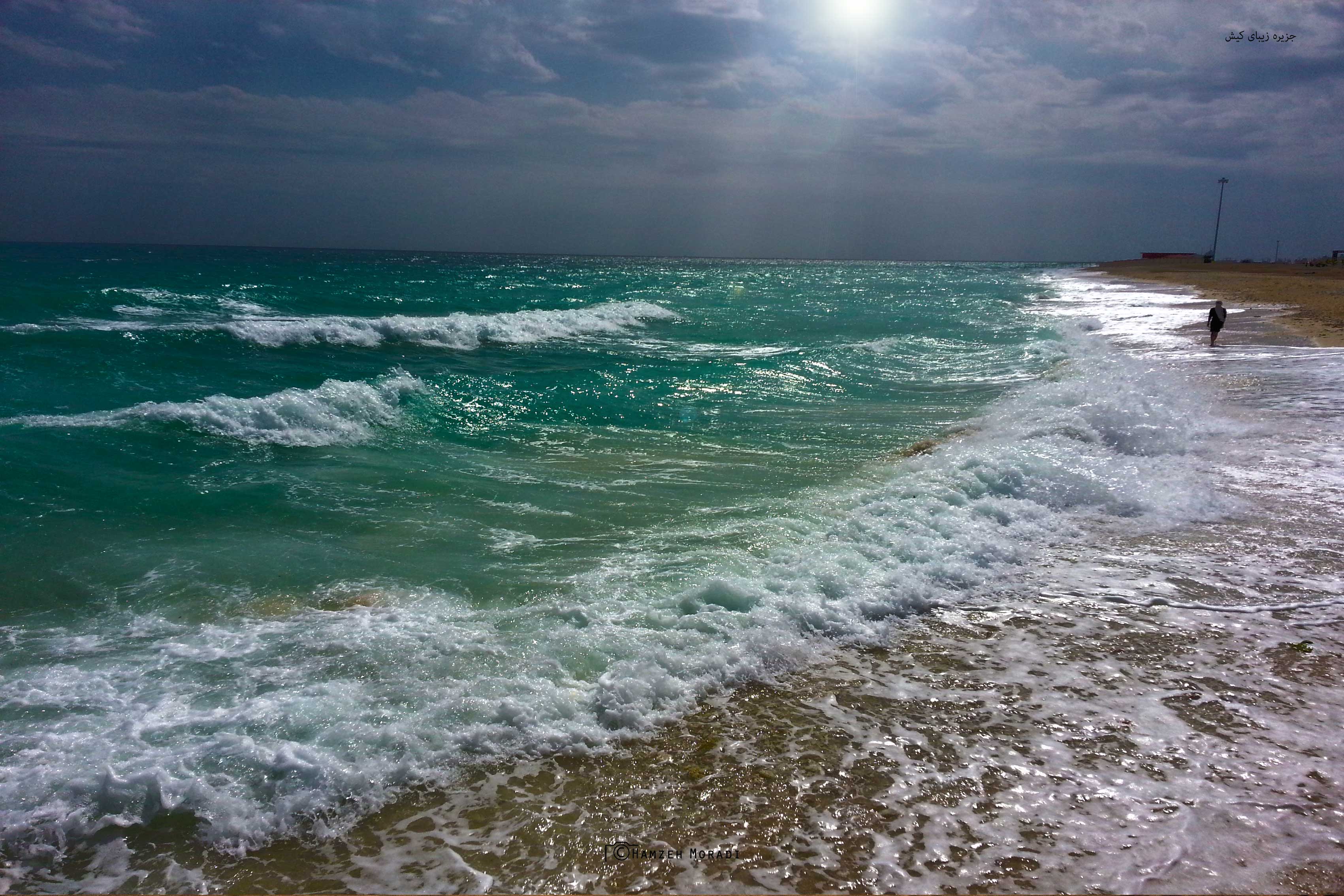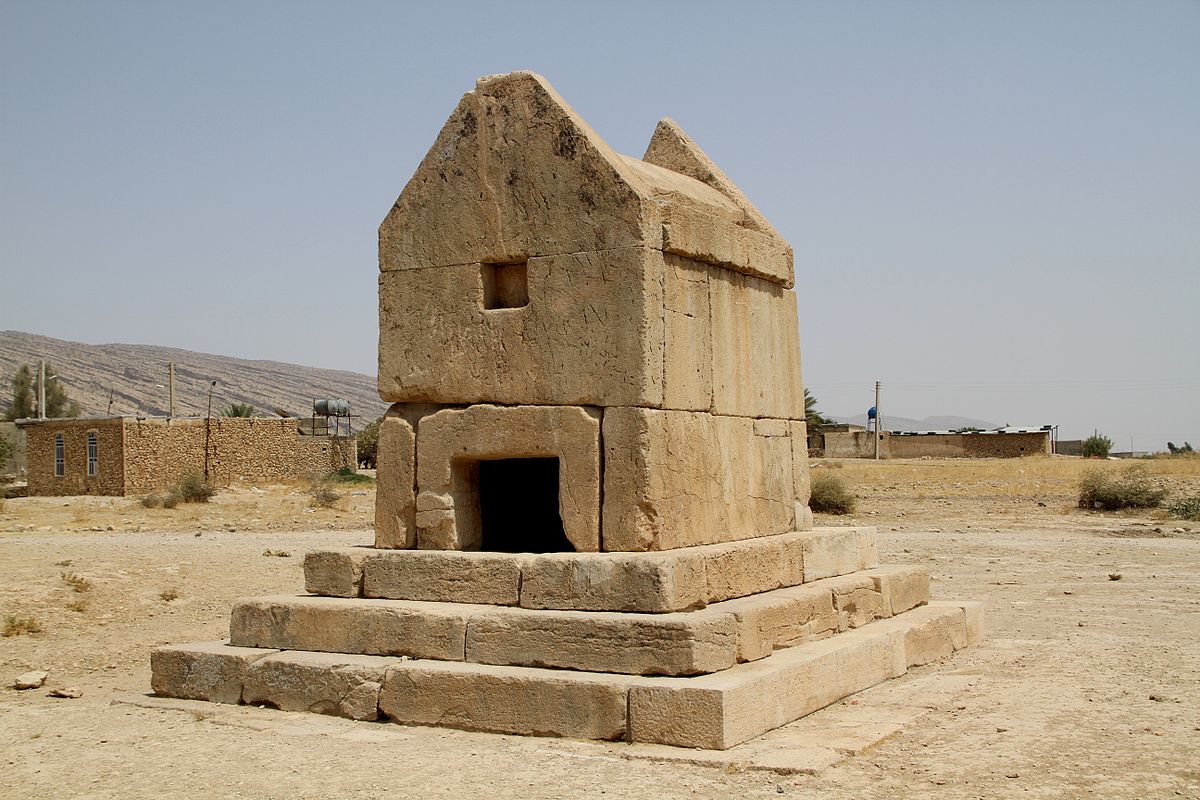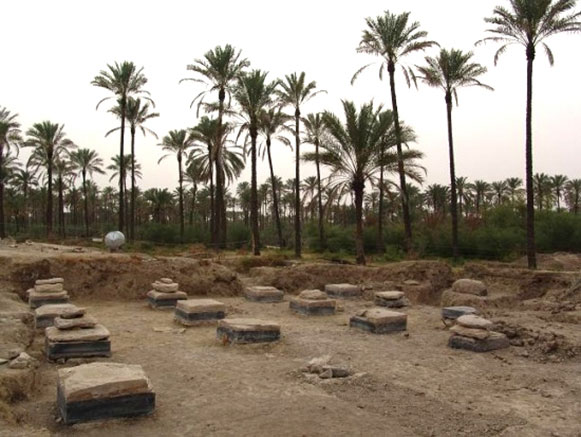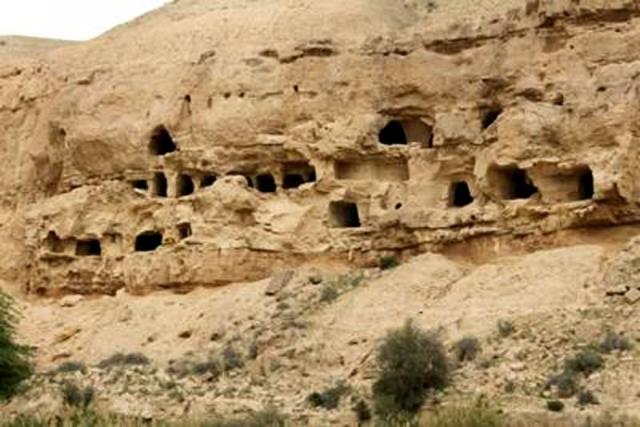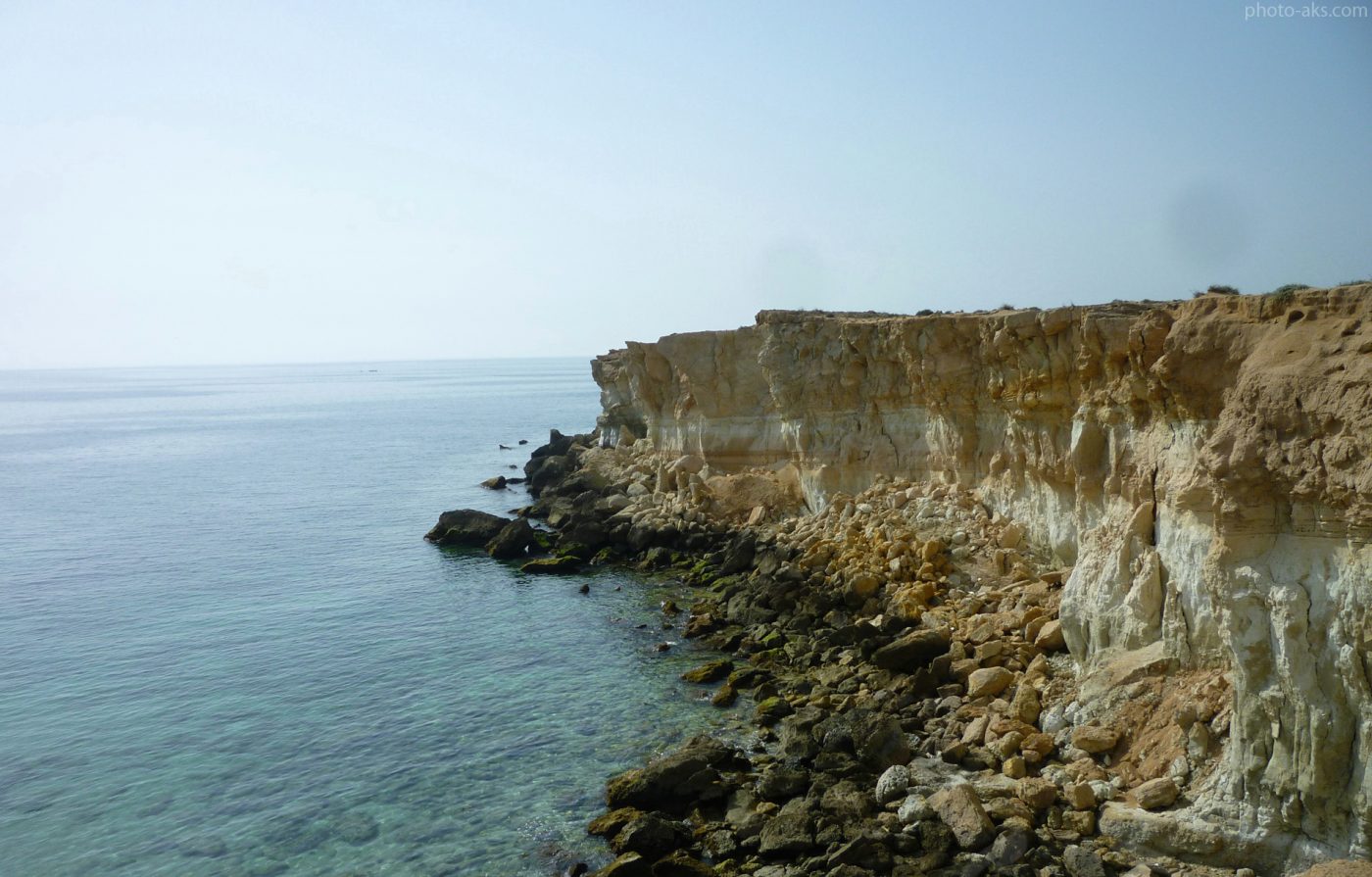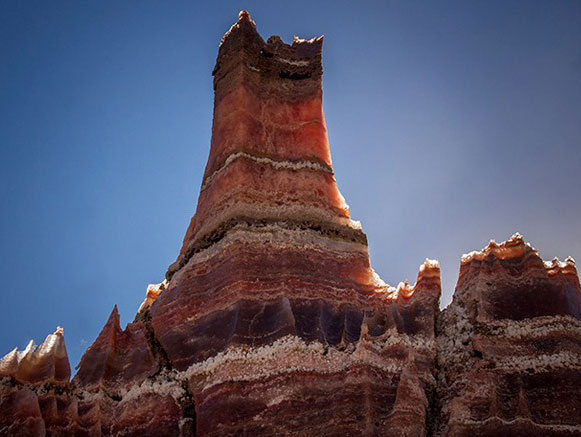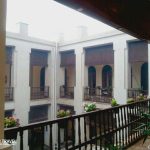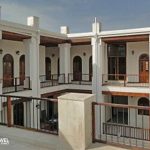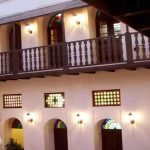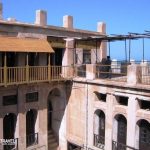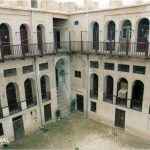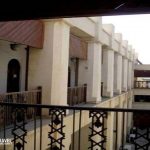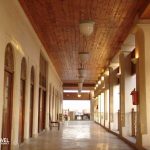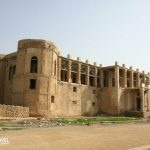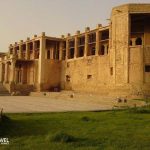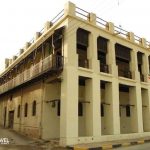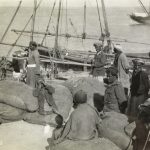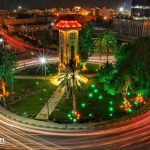About Bushehr Province
Bushehr province is of the southern provinces of Iran in terms of having the largest are is the seventeenth biggest province and is located at the region of the Persian gulf. Bushehr Bandar (port) is the center of this province. Due to being located at the strategic Persian gulf coast, maritime exports and imports, fishing industry, having natural gas and oil reservoirs, agriculture and palm orchards and having nuclear power plant, this province has special strategic and economic importance; so much that it has been called the energy capital of Iran. Struggle of the Tangestan people against the foreign forces during the last century is of the important historical indicators of this province.
Most Popular Tourist Attractions Of Bushehr Province
